There are so many things to see in the Sunshine State, from pristine beaches to immersive theme parks. But there are also thousands of species of wildlife in Florida. If your family loves animals, it’s one of the best places in the country to spot critters in their natural habitats.
In this article, we’ll describe 25 of the most fascinating, beautiful, rare, and dangerous creatures found throughout Florida. But remember! Always use caution when you’re near animals in the wild. You should never approach wild animals, even if you think they’re friendly or harmless. For your own and your family’s safety, admire from afar.
For more information about the flora and fauna of Florida, visit the Fish and Wildlife Foundation of Florida or the Florida Wildlife Federation.
On the Land
Florida is swampy, and we’re not just talking about the Everglades. Therefore, it can be hard to categorize animals as land or water dwellers. Still, you’re most likely to see these amazing creatures on dry land.
American Alligator
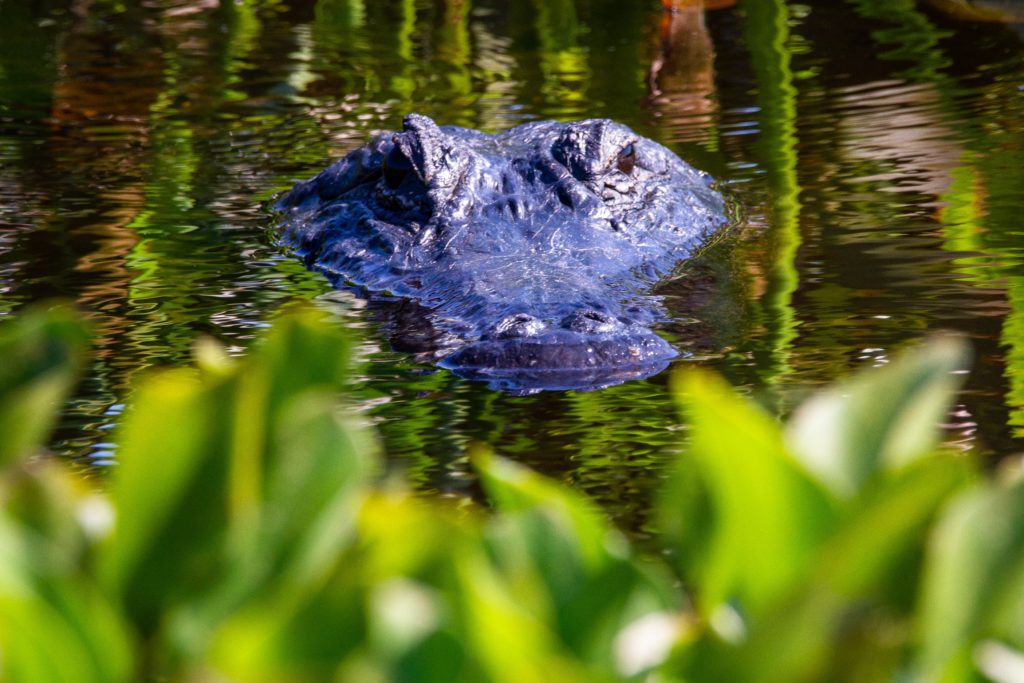
There are few animals associated more closely with the state of Florida than the alligator. While they might be shocking for tourists, Floridians are pretty used to seeing them in the wild.
Alligators are not usually aggressive against humans but don’t get too close. Their jaws can exert 3,000 pounds of pressure, and they can grow to 12 feet in length. They run must faster than you’d expect.
The Everglades is the most likely place to see alligators, but they’re common throughout the state. Parks of all kinds are great places to spot them from a safe distance, including Myakka River State Park and Wakulla Springs State Park.
Roseate Spoonbill
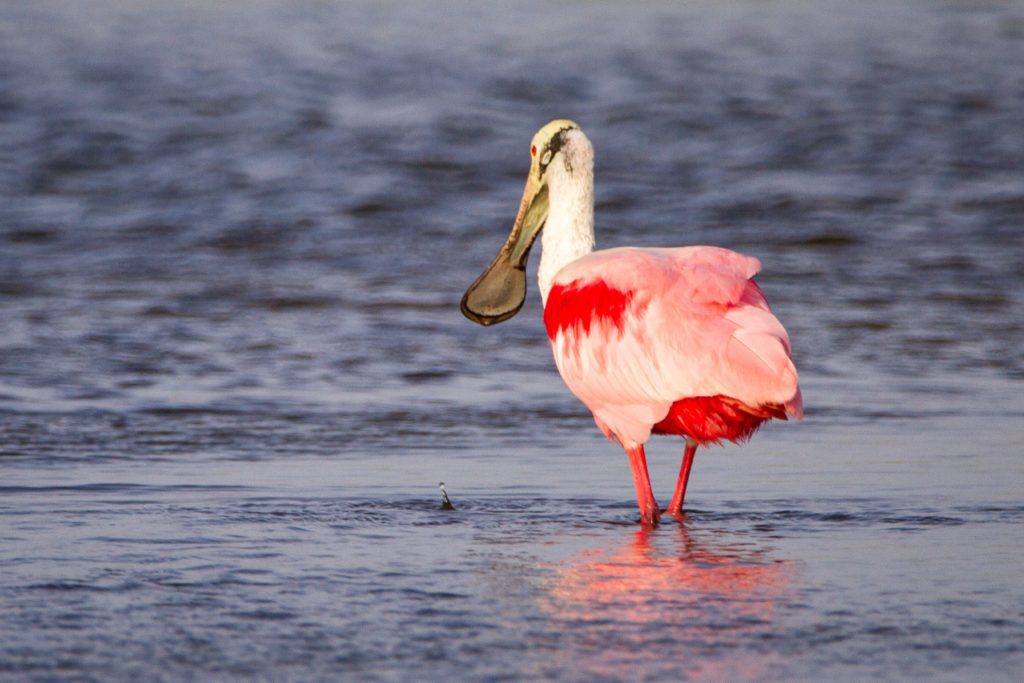
If you like pink flamingos, then you’ll love roseate spoonbills. These stunning pink birds have long, flat bills, a red shoulder patch, and bright pink bodies. They like munching on crustaceans in shallow water, so look for them in tidepools and salt waterways.
The best place to spot them is in southwest Florida in the Gulf of Mexico. Sanibel Island, a small island near Fort Myers, is known as being a popular home for them. Their numbers were dwindling for many years, but the species seemed to have recovered. You can see them across the Gulf of Mexico as far away as Texas.
Armadillos
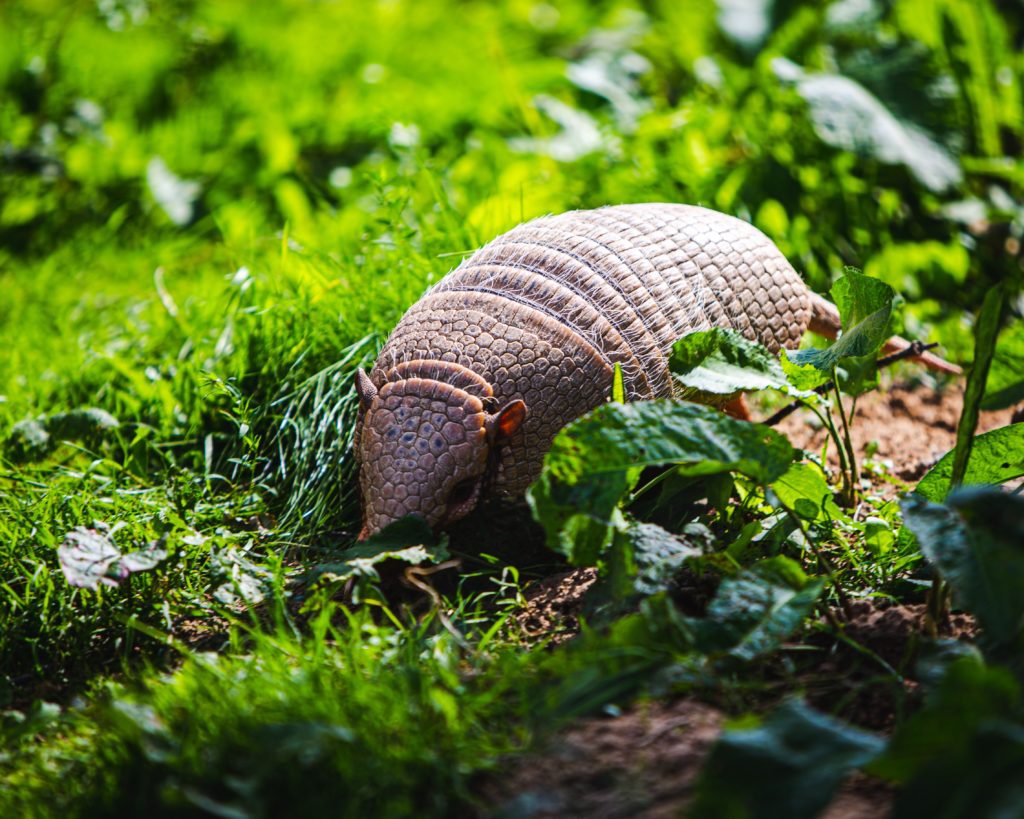
Armadillos aren’t native to Florida, but they’ve been living in the state for about 100 years, and experts consider them naturalized. The nine-banded armadillo is the most common type in the state, recognizable by the nine bands in the shell on their backs. They’re typically 15 to 18 inches long and weigh between eight and 17 pounds.
Armadillos burrow into the ground, so they prefer homes with loose, dry soil, so you usually won’t see them near water. They primarily eat bugs and plants. Because they have poor eyesight, they’re most active after dark. Beware of them crossing the street while driving at night.
Woodpecker
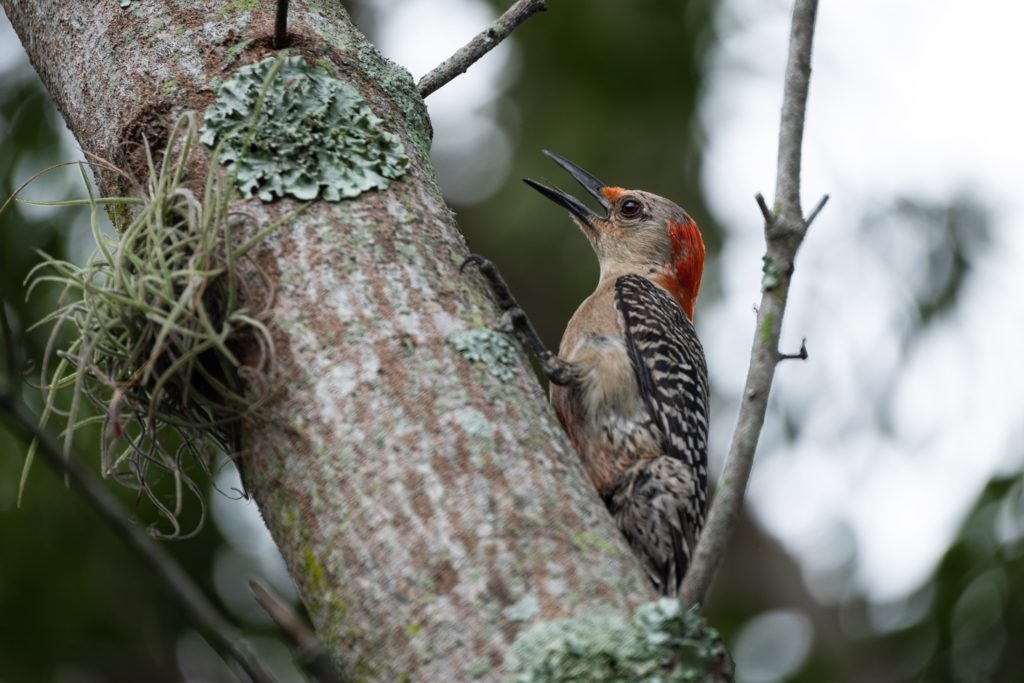
You’re likely to hear a woodpecker before you see it; listen for the distinctive, rapid tapping sound of their hard beaks hitting trees. They do so to access tiny insects inside the tree bark for food. You can spot woodpeckers throughout the state. They’re most likely to be in heavily wooded areas like forests.
There are eight species of woodpeckers in Florida, including the red-headed woodpecker, characterized by its red head and black and white bodies. There’s also the hairy woodpecker, the downy woodpecker, the northern flicker, and others. Some of the best places to see woodpeckers include Blackwater River State Forest and Apalachicola National Forest.
Bobcat
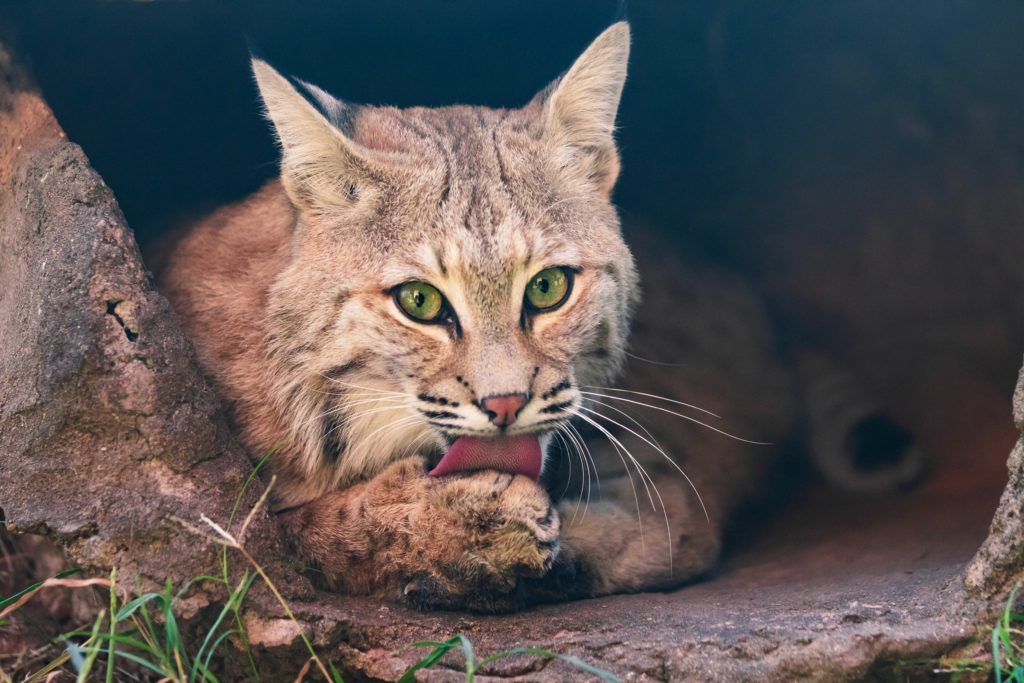
The Florida panther (discussed below) is a rare sight, but you’re more likely to see bobcats. You can recognize these unusual-looking mammals by their pointy ears and white bellies with black spots. The hair on their backs sometimes looks like a cheetah, and they’re about twice the size of a typical housecat.
Florida bobcats can be very shy. If you want to see them, explore deep into the forests, swamps, and wooded land of the Sunshine State. They’re most active at night, which is when they hunt. Merritt Island National Wildlife Refuge is one of the best places to spot them.
Pelicans
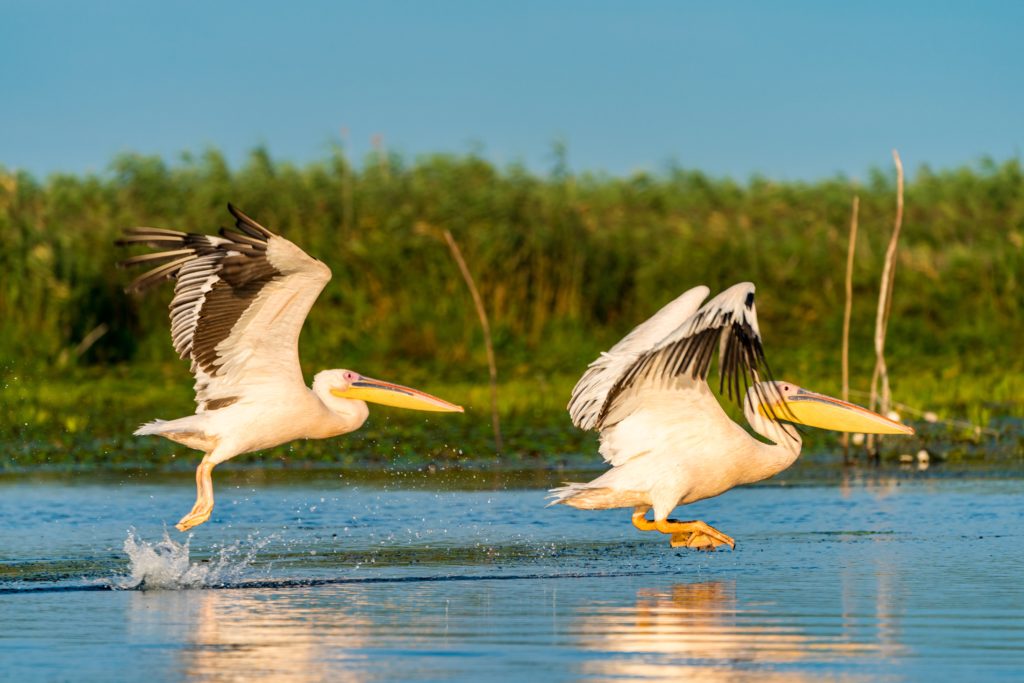
You’re most likely to see pelicans near water, as they love to eat fish. Their enormous beaks developed to help them swallow anything swimming near the surface of the water. They aren’t terribly timid birds, so don’t be surprised if you seem to be able to walk right up to one.
There are actually two types of pelicans in Florida, the brown pelican, and the white pelican. Brown pelicans live in Florida year-round, while white pelicans migrate south from the mid-Atlantic region for the winter. Pelican Island National Wildlife Refuge in Vero Beach is the best place to see swarms of them.
Jackrabbit
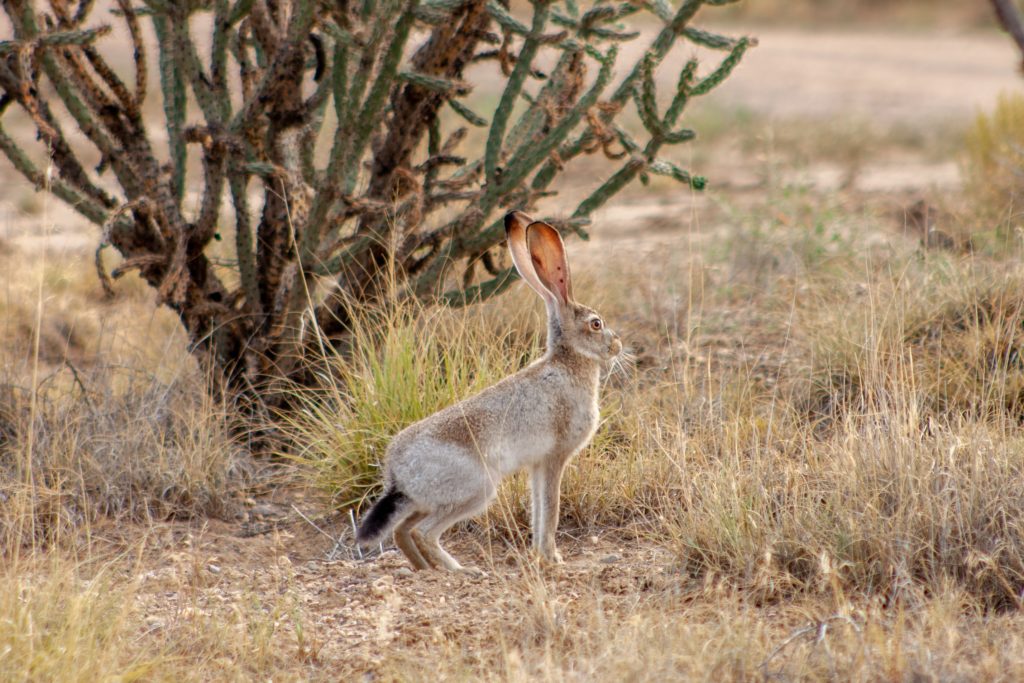
Jackrabbits are incredibly fast; they can run up to 45 miles per hour. You can distinguish them from other rabbits by their long ears. The black-tailed jackrabbit is the most common in Florida. They have black tails and tipped ears, and their ears are about the same length as their hind legs.
Jackrabbits are native to the deserts of the west and were introduced to Florida accidentally in the 1930s. Their hardy species persist in the Miami area. They like freshly-mowed grassy areas.
Bald Eagle
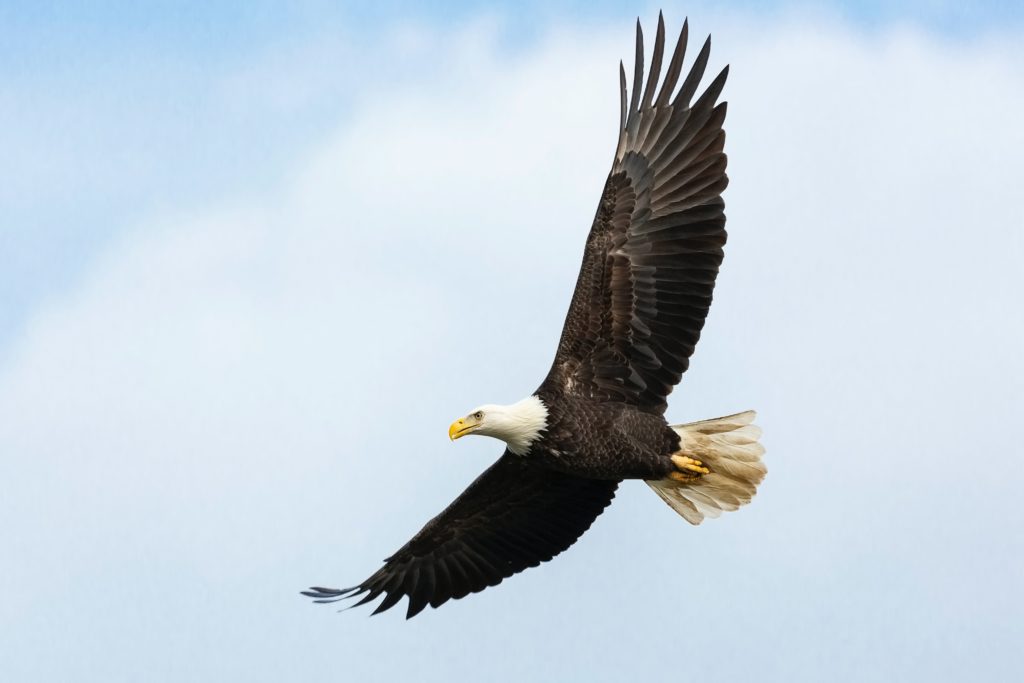
The emblem of the United States and the national bird, you can sometimes spot bald eagles in wooded areas of Florida. They like swamps and tend to nest very high in treetops. Like many other predatory birds, they have excellent eyesight to hunt small rodents and other animals on the ground.
While bald eagles are no longer considered an endangered species, disturbing them or their nests is still illegal. The Migratory Bird Treaty Act and the Bald and Golden Eagle Protection Act prohibit it, so admire them from afar.
Turtles
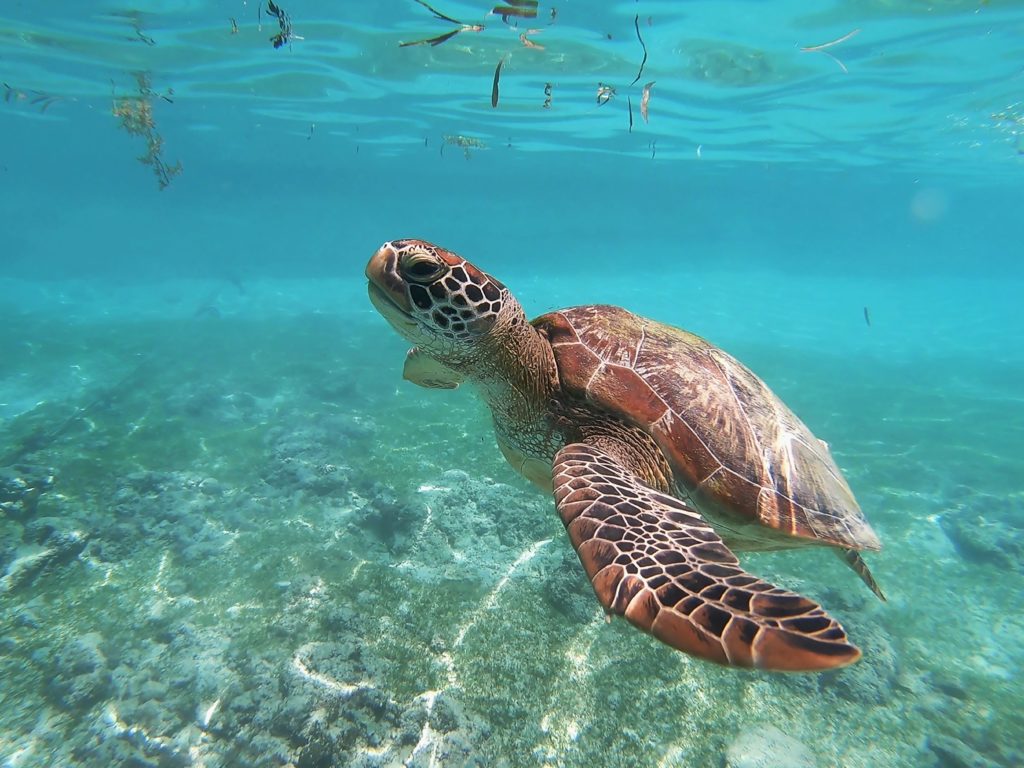
We’ll discuss sea turtles separately below, but there are many types of turtles in Florida, and you’re likely to see one at some point. In fact, more than 30 species of turtles call Florida home. Most of them are aquatic, but some live on land or in swampy areas, most notably the box turtle.
You might also confuse them with gopher tortoises. You can tell the difference between a tortoise and a turtle by their shells. Those of a tortoise are more rounded and domed. Several types of tortoise and turtle are endangered worldwide, so leave them alone if you see them.
Butterflies
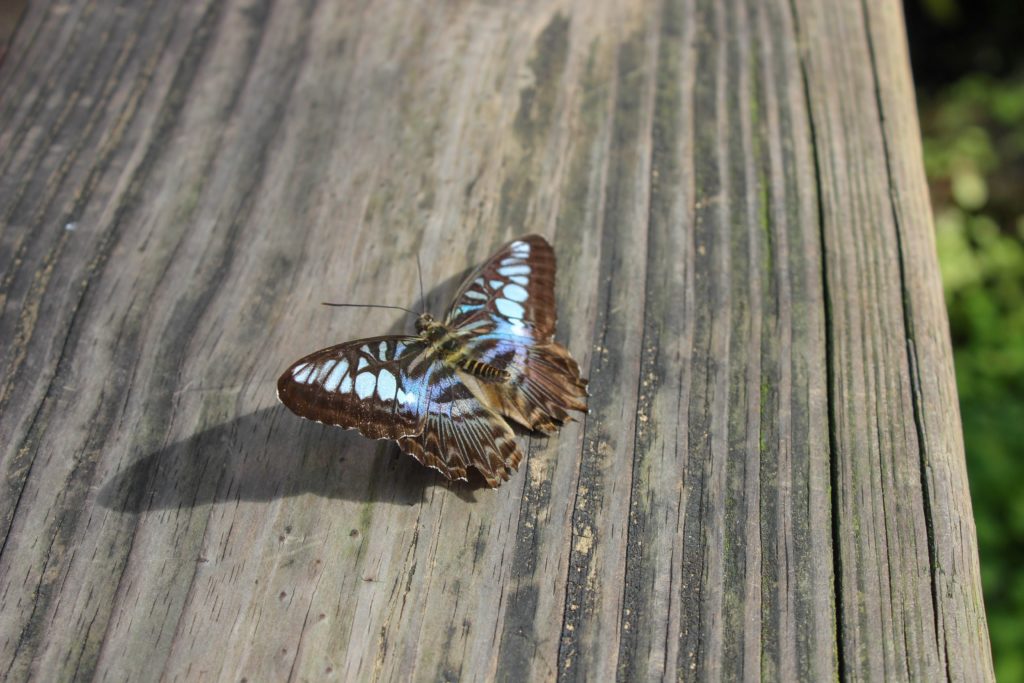
Thanks to Florida’s warm, humid climate, something is always blooming. With blooming flowers and plants come butterflies. More than 160 types of butterflies breed in Florida, and over 40 others migrate through the Sunshine State.
Some of the most common types of butterflies in Florida include monarchs, queens, and buckeyes. There are also several endangered species of butterflies in the state. If you spot a Schaus’ Swallowtail, consider yourself very fortunate.
There are several wonderful places to see butterflies, including the Key West Butterfly and Nature Conservancy and the Butterfly Rainforest at the Florida Museum of Natural History in Gainesville.
Snakes
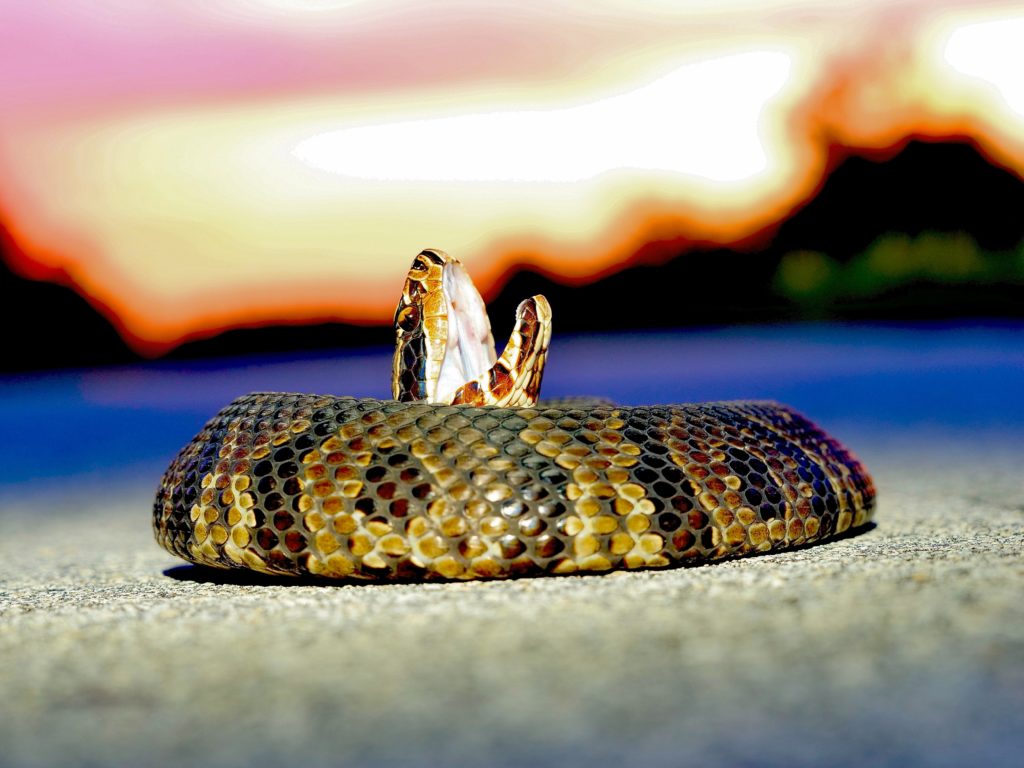
A lot of people are afraid of snakes, but the reality is that the vast majority of breeds of snakes are harmless to humans and most pets. There are almost 50 types of snakes in Florida, and only six of them are poisonous.
The most common types include the black rat snake, common garter snake, and brown water snake–all non-poisonous. Don’t just look at the ground for snakes; look up in the trees, on the surface of the water, and all around.
Beware of the six types of poisonous snakes in the Sunshine State: water moccasins, highland moccasins, timber rattlesnakes, rattlesnakes, dusky pygmy, and eastern coral snakes.
Mockingbird
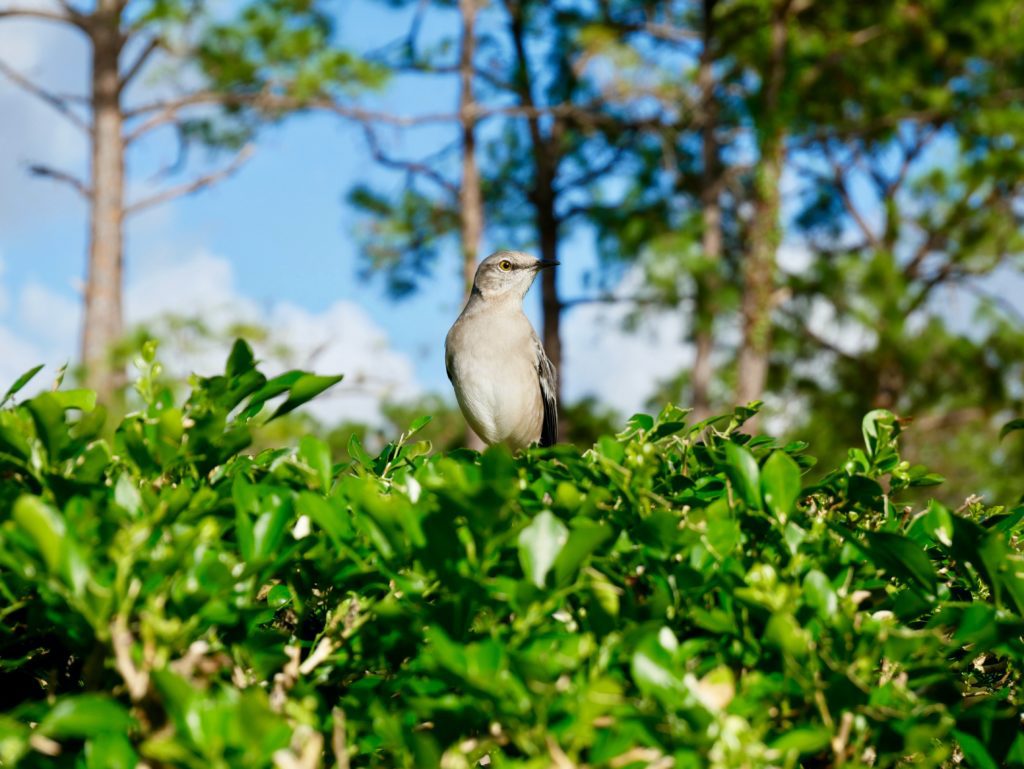
The mockingbird has been the official state bird of Florida since 1927. It’s also the state bird of Arkansas, Mississippi, Tennessee, and Texas. You’re more likely to hear a mockingbird before you see it; they’re plain-looking birds but have a beautiful song. They sometimes mimic other birds, and they sing all night long.
Mockingbirds are relatively small, only about 10 inches long, with a wingspan of 15 inches. They like to nest among thick branches or dense shrubs and eat primarily insects and seeds. Both the male and female mockingbirds will fiercely defend their nests, eggs, and young.
Black Widow
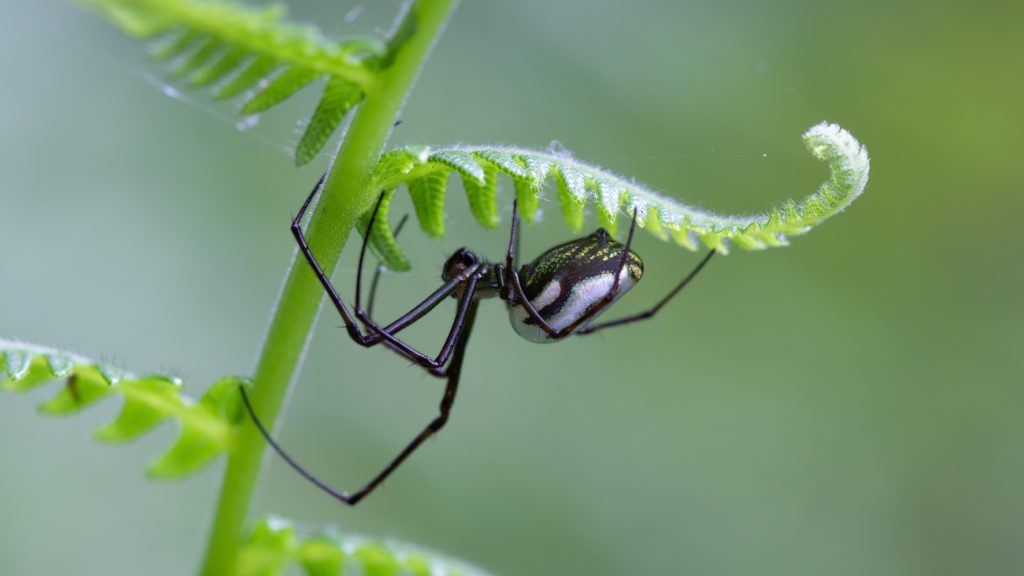
There are some animals in Florida you’ll want to avoid, and black widow spiders are one of them. While their bites aren’t fatal to most humans, they can cause serious health issues. It’s not the only poisonous spider in Florida; watch out for the brown recluse as well.
You can recognize a black widow by its distinctive red mark on its back. Black widows like to hide in dark spaces, so beware when reaching under rocks or boards. They also like to live in old buildings. If you are bit by a black widow, seek medical attention immediately, as there is an antidote available.
In and Around the Water
No one goes to Florida without spending some time in or near the water. It’s a great way to spot more wildlife, as well. Below are some of the most unique and exciting animals you’ll see by the water.
Dolphins
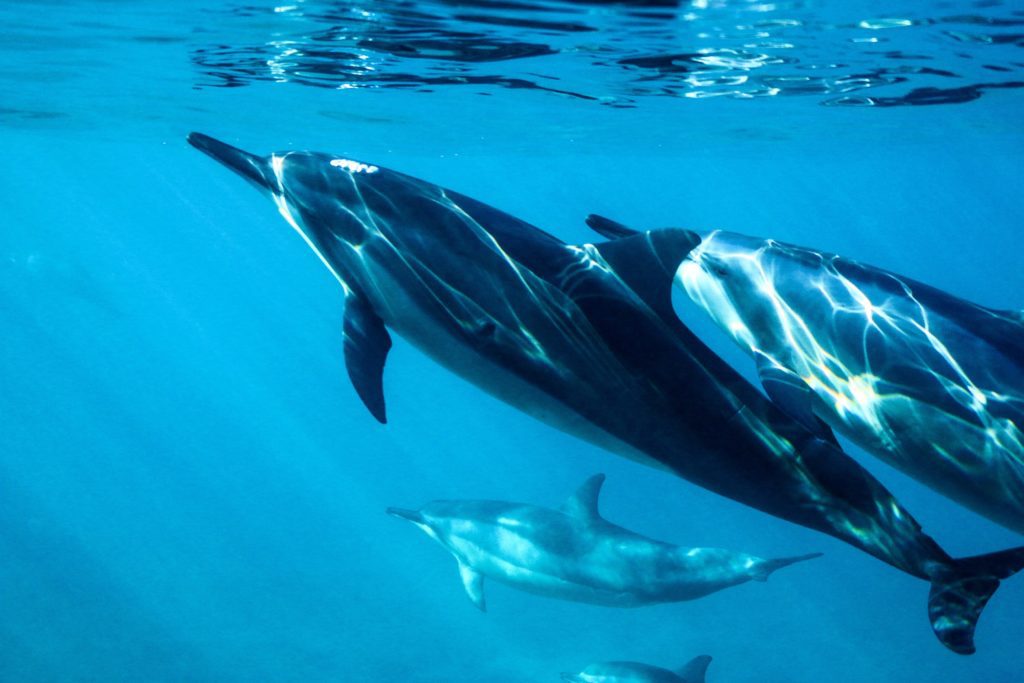
Bottlenose dolphins are the most common type that you’ll see off the coast of Florida. If you watch the surface of the water closely enough, you’ll spot their distinctive fins appear. Dolphins travel and hunt in groups called pods.
Some of the best places to see dolphins in the wild include Key West and the Florida Keys, Sanibel Island, Sarasota, and along the Gulf of Mexico. There are several dolphin sanctuaries and even aquariums throughout the state. Check out the Clearwater Marine Aquarium in Clearwater, the Dolphin Research Center in Grassy Key, and Marineland Dolphin Adventure in St. Augustine.
River Otter
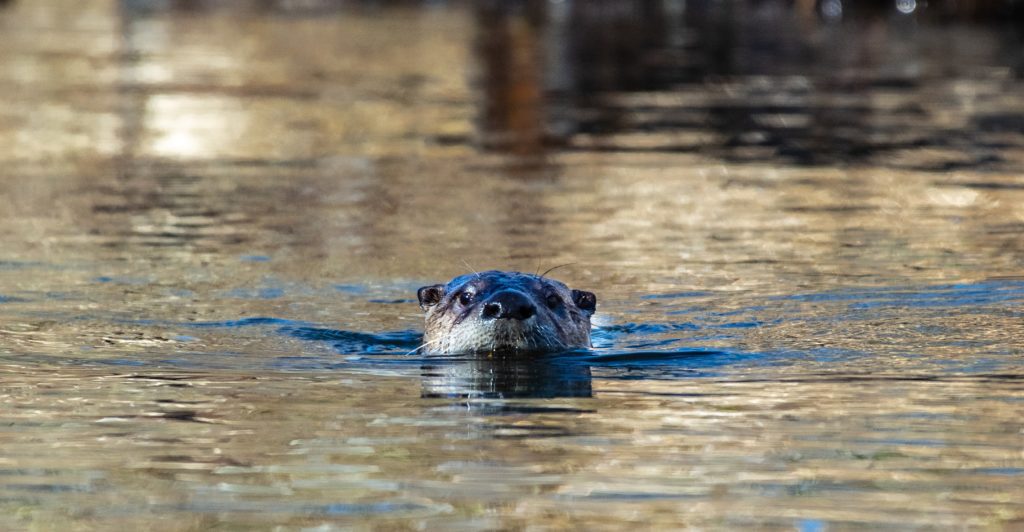
Otters are some of the cutest animals on the planet. These aquatic mammals can go from land to water with their webbed feet, short legs, and small tails. You’ll find river otters in freshwater everywhere in Florida other than the keys. They travel in family units, and juveniles stay with their mothers.
Many people don’t realize that river otters are primarily nocturnal. They hunt at night for small fish and live in watery burrows created by tree roots. One of the best places for spotting river otters in Florida is Ichetucknee State Park near Gainesville. You can swim in the cool, clear natural pools.
Manatees
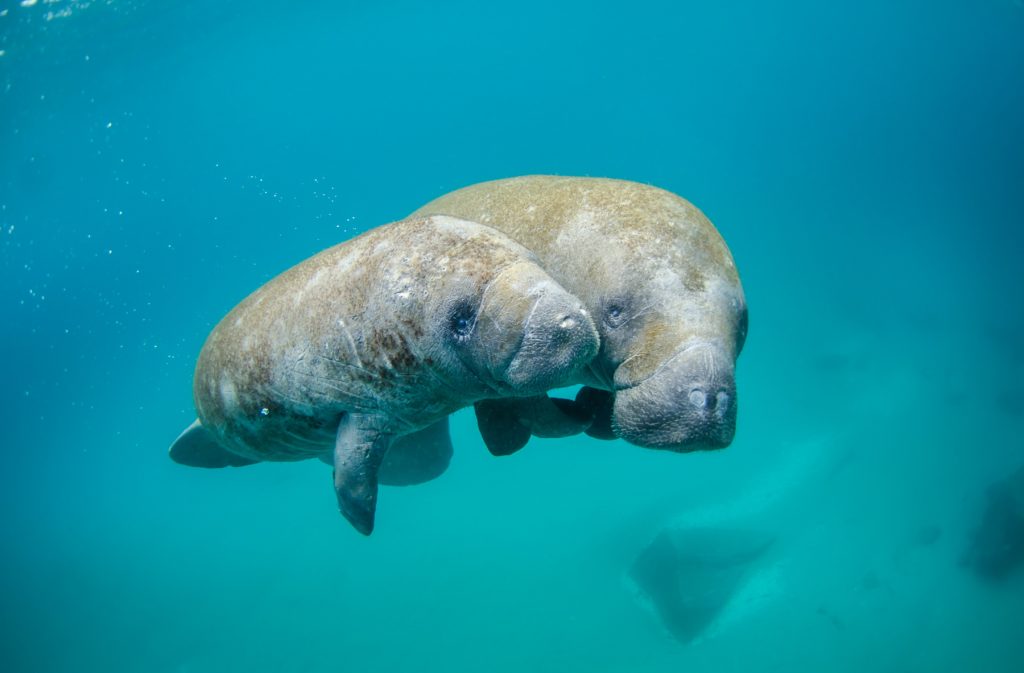
Florida has done a great deal over the past couple of decades to protect the manatees in the waters off its coast. Prior to that, fast-moving powerboats injured and killed manatees, contributing to the threat to the species. Nicknamed sea cows, these slow-moving aquatic mammals mostly eat plants.
Today, you see many more manatees in the wild. Blue Spring State Park’s river trails in Orange City are one of the best places to spot a manatee in the wild without a boat. You can also visit manatees at the Merritt Island National Wildlife Rescue, Tarpon Springs, and Crystal River.
Surgeonfish
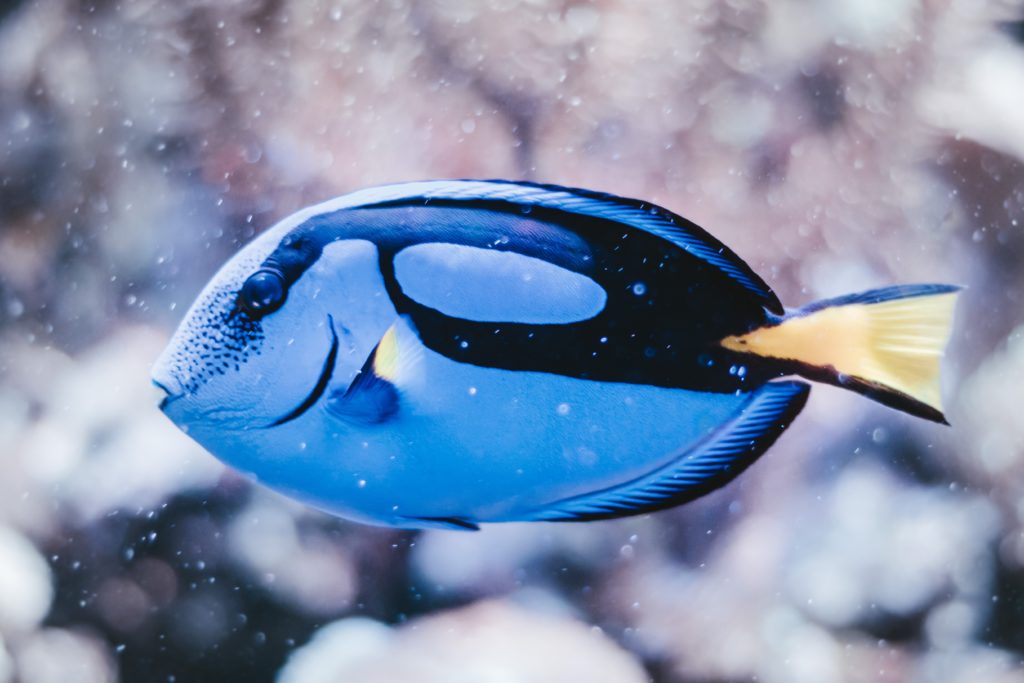
If you go snorkelling or scuba diving, you might be very excited to spot a surgeonfish, also known as the blue tang. Many people will recognize them as Dory, the forgetful Disney fish from “Finding Nemo.”
These blue, yellow, and blackfish love the warm, calm waters of the Gulf of Mexico. There are actually more than 70 breeds of surgeonfish, and most of them live off the coasts of Florida, Mexico, Brazil, and Bermuda. They feed on mostly filamentous algae.
Perhaps surprisingly, ocean surgeonfish can live up to ten years. However, most become lunch for large fish or other prey long before.
Sea Turtle
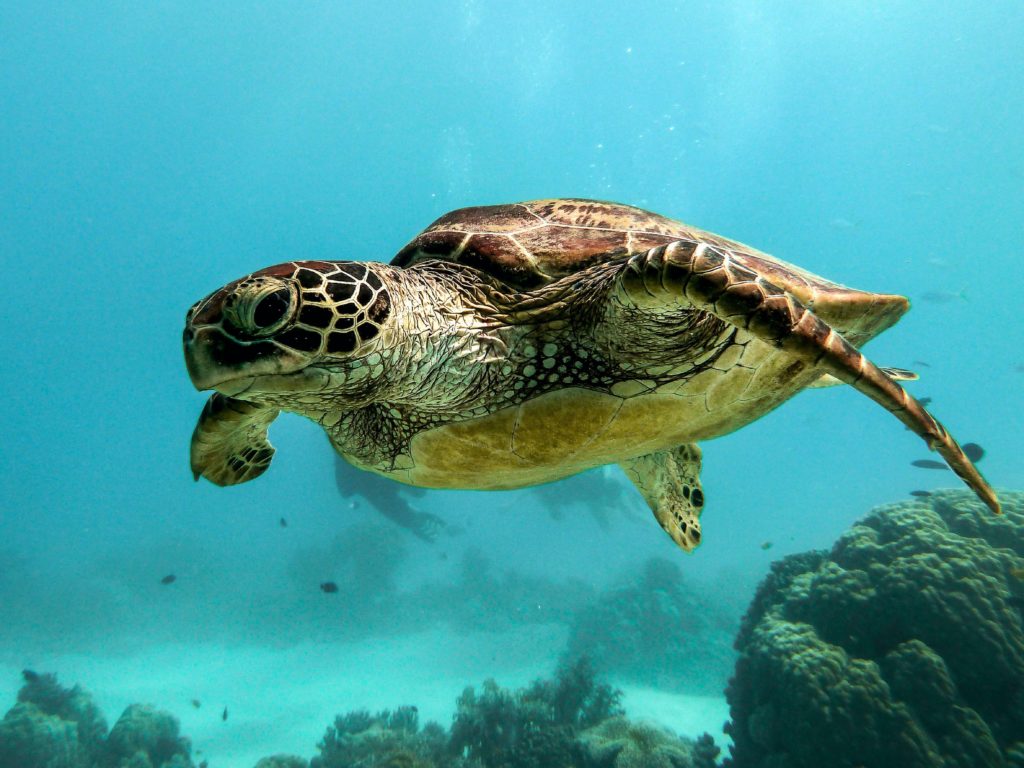
There’s something magical about sea turtles laying their eggs and then watching the newborn turtles make their way to the sea. In one of the most incredible processes on earth, the eggs’ nest for five to six weeks, and then the freshly hatched turtles somehow know to head to the water.
If you visit the coast between May and September, you may notice some spots roped off. These are the nests of sea turtle eggs, which locals help fiercely protect. Almost every species of sea turtle on earth is endangered, and local and federal laws protect them. Some of the most common types in Florida include the loggerhead, leatherback, and kemp’s ridley sea turtles.
Largemouth Bass
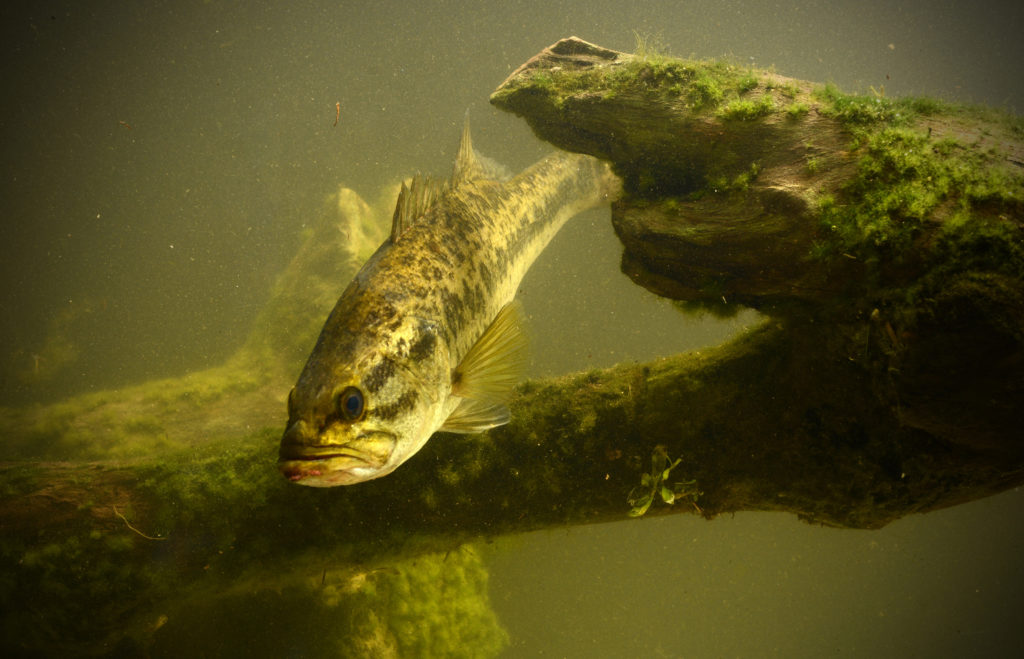
Found in fresh bodies of water in Florida, the largemouth bass is a treasured prize for sports fishing, both professionals and amateurs. They can reach about two feet in length and weigh up to 15 pounds. That size is larger than they typically grow in other places.
Some of the best places in Florida to catch largemouth bass include Lake Okeechobee and Lake George. You may need a fishing license to catch them legally, so be sure to look into that while planning your trip. You’re only allowed to fish for them during certain months of the year. You can hire fishing guides for freshwater and deep-sea fishing adventures.
Seagulls
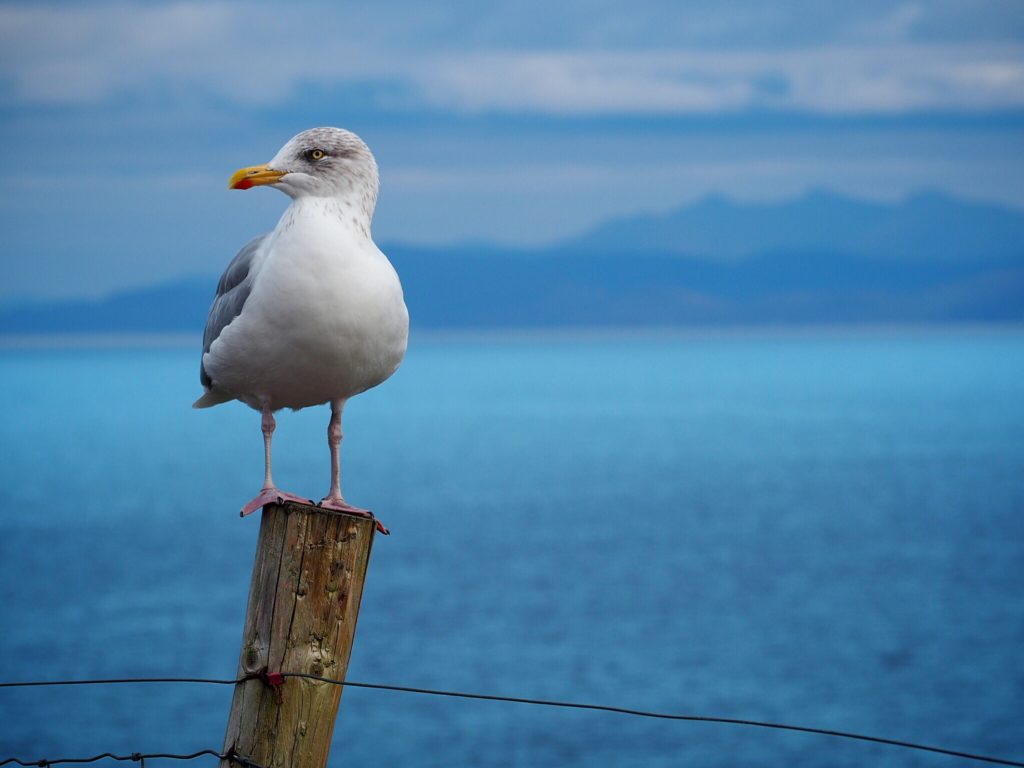
Seagulls are certainly not rare in the state of Florida. However, they’re worth mentioning because they’re so common. There are actually several species of seagulls in Florida, including the laughing gull and the great black-backed gull. All of them are highly social and travel in large flocks.
Seagulls scavenge for food, and they’ll try almost anything, but there are foods you should and should not feed them. Check a list or ask an expert before throwing them food. Also, be warned: if you feed a seagull, you’ll have a hard time getting it and all its friends to leave you alone.
Sharks
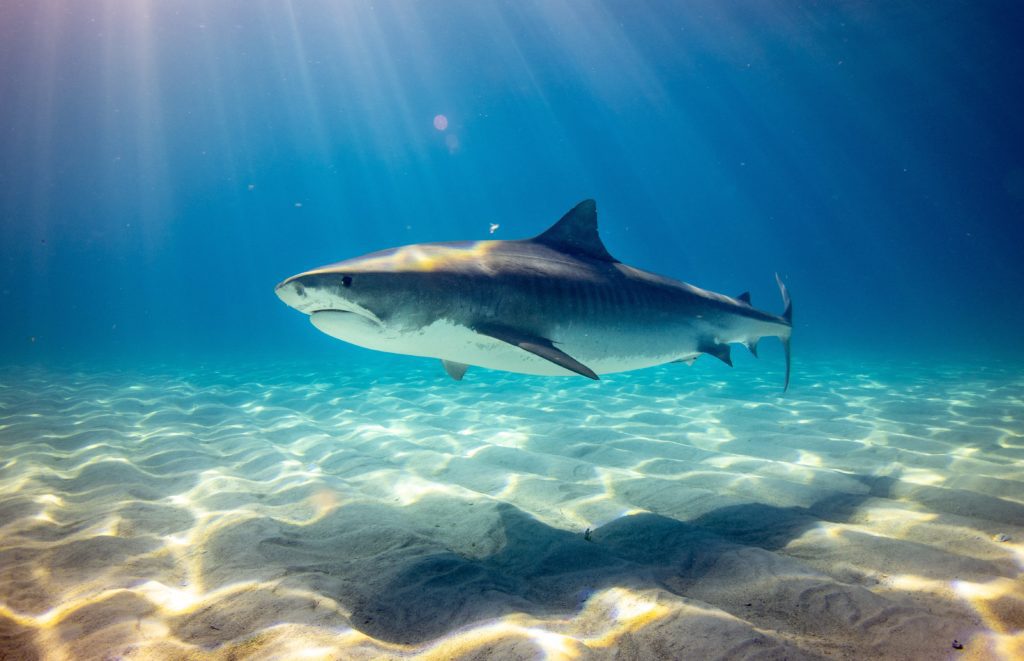
Many visitors to the beach fear sharks when they venture into the water, but the reality is that the majority of the sharks in Florida’s waters aren’t aggressive. Some of Florida’s most common shark types include lemon sharks, tiger sharks, bull sharks, great hammerhead sharks, and nurse sharks.
Shark sighting is an exciting activity in Florida, and you can take shark tours all up and down both coasts. You can also fish for certain types of sharks during specific times of the year. You should always travel with experts when trying to find sharks, as it can be dangerous.
Rare Sightings
There are some animals that you’re not likely to see on your vacation, but they’re worth mentioning because if you do, it’s a real treat. All of these animals are native to Florida, but they’re very reclusive, rare, or both.
American Crocodile
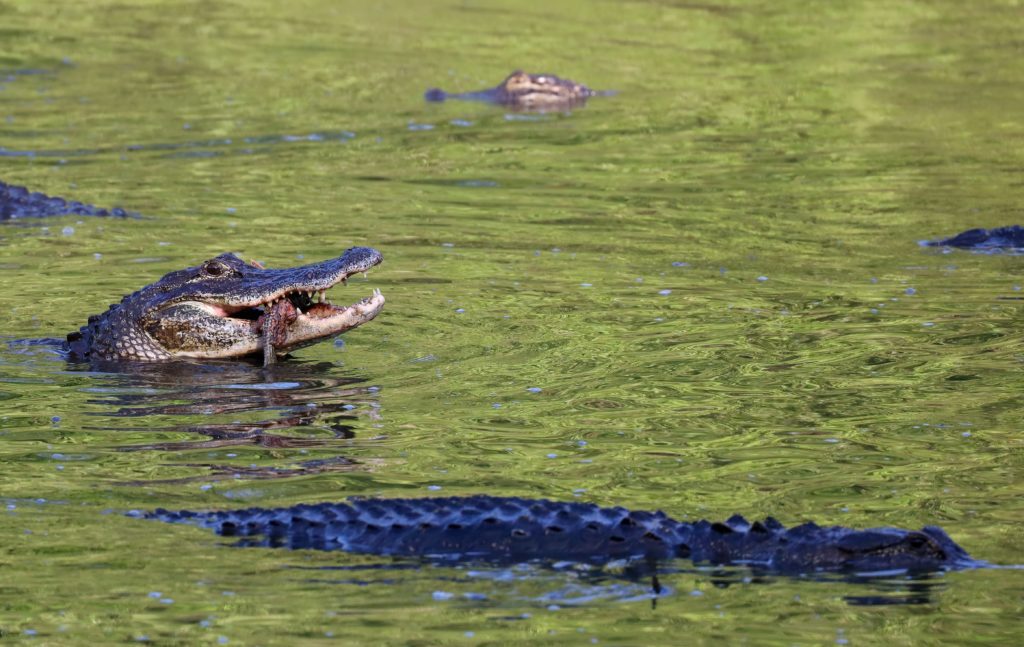
You probably won’t see the American crocodile outside of the very southernmost tip of Florida and the Keys. They’re greyish-green in colour, have a tapered snout, and one of its lower teeth is visible when its mouth is closed. Crocodiles are more aggressive than alligators, so you may not want to spot one.
It’s easy to confuse alligators and crocodiles, especially since alligators are so common. While in Florida, you can distinguish between the two by the shape of the snout. The alligator is broad and round. However, you want to avoid direct encounters with both of them.
Key Deer
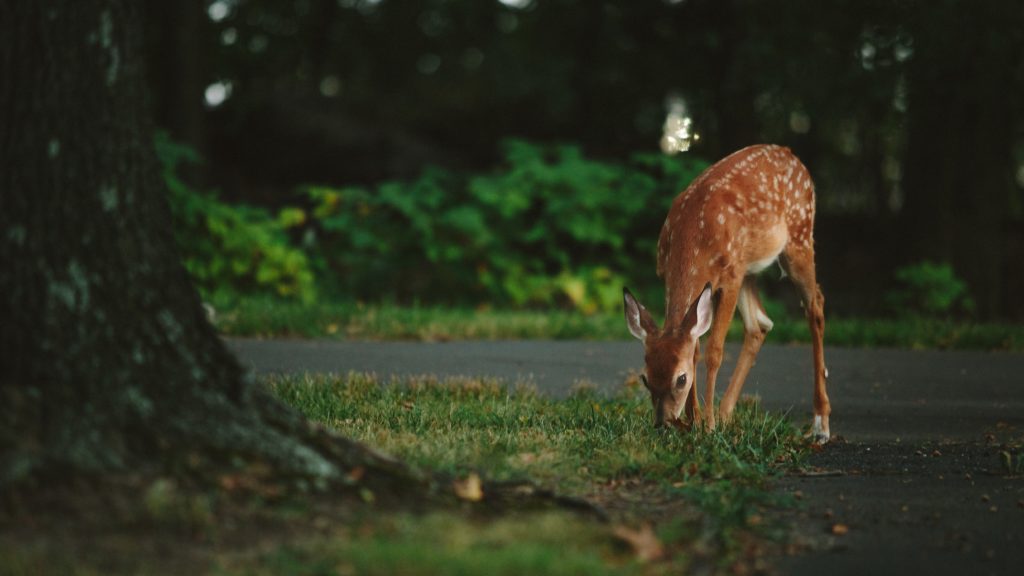
True to their name, key deer are found only in the Florida Keys, and they are endangered. Key deer are adorable and look almost like miniature deer. They’re a subspecies of the North American white-tailed deer.
Key deer only grow to be about 65 pounds and around two feet tall to their shoulders. Over-hunting and destruction of their natural habitat have greatly threatened Key deer, which are now protected thanks to their endangered status.
The best place to spot Key deer in the Florida Keys is the National Key Deer Refuge in the Lower Florida Keys. This protected land is home to more than 20 endangered species of plants and animals.
Florida Panther
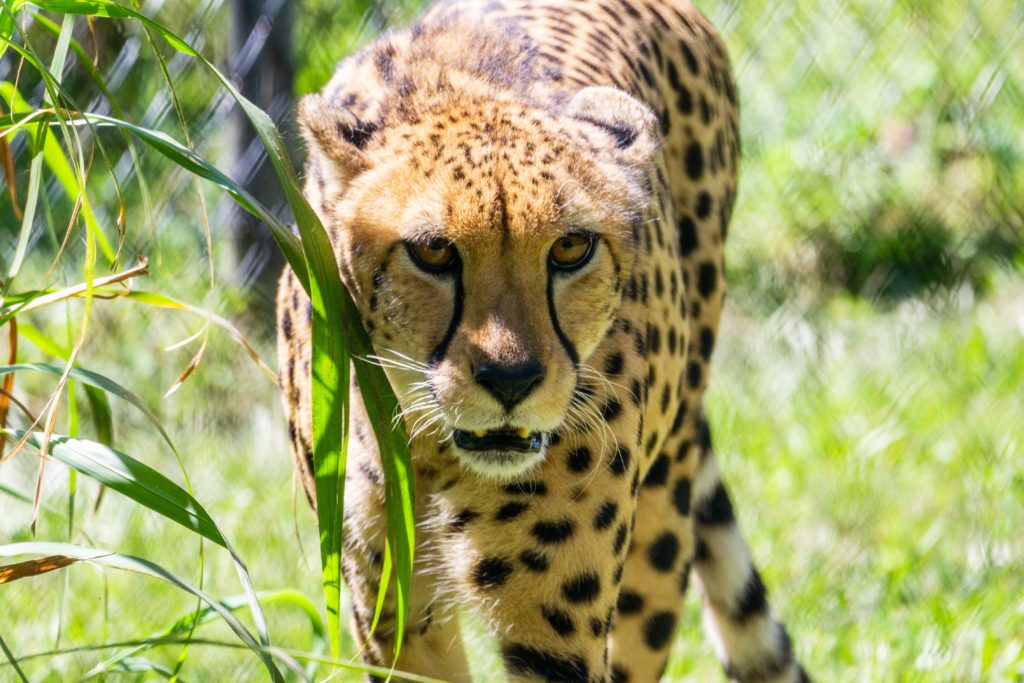
The Florida panther is the official state animal of Florida, even if you’re unlikely to spot one on your travels. The Florida panther is also an endangered species, even though they used to be very common throughout the state. There are perhaps fewer than 100 in the wild today.
There are many threats to panthers, including environmental degradation and overdevelopment, inbreeding from the decimated population, and illegal hunting and poaching. They’re strictly carnivorous, and their hunting grounds have quickly disappeared.
You’re most likely to spot a Florida panther in the Everglades and at the Fakahatchee State Park at the western end of the Everglades. You can also see them in captivity at the Naples Zoo.
Black Bear
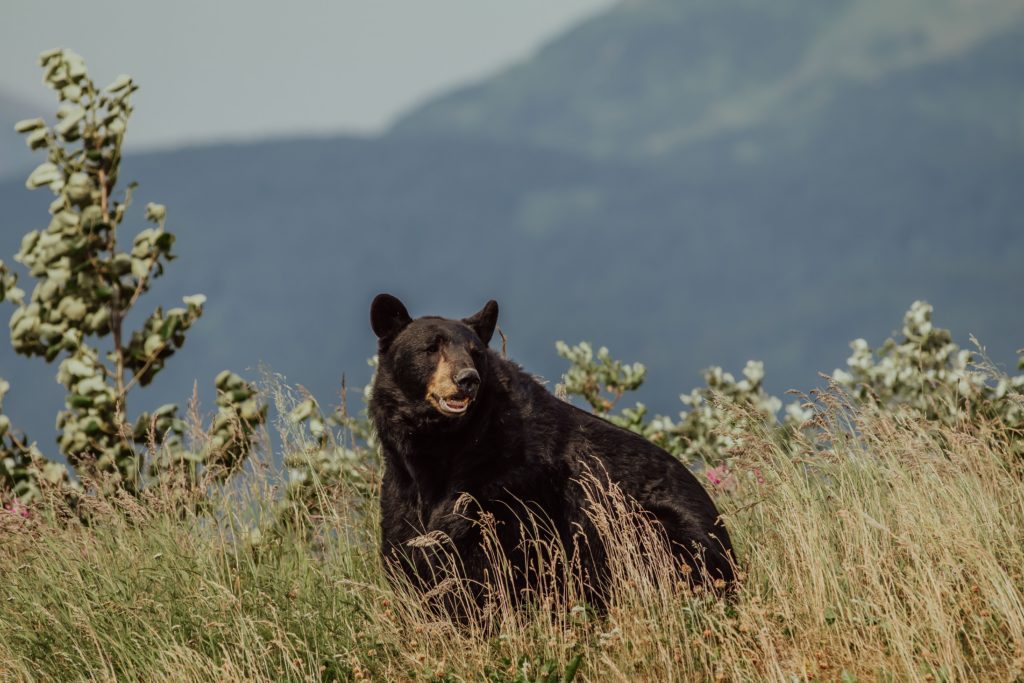
One of the most endangered species in the state of Florida is the black bear. You’re unlikely to spot one, but they might look more brown than black if you do. That’s because they lighten in the sunshine.
Like many bear species, the black bear prefers wooded areas like the Wekiwa Springs State Park. They’re most active in the late spring and summer. They aren’t as aggressive as other species, but they will attack if provoked or if they think their young are threatened. Their diets are composed of mostly plants.
Visit the Best Places to See Wildlife in Florida
If you and your little ones are animal lovers and seeing animals on your Florida vacation is a priority, some places are better than others. The Everglades National Park is perhaps the best-known. Schedule a famous airboat tour to see dozens of species of birds, reptiles, and of course, alligators.
The Everglades isn’t the only place to spot wildlife. There’s also Biscayne National Park, Big Cypress National Preserve, Merritt Island National Wildlife Refuge, Dry Tortugas National Park, and many other breathtaking spots.
Some of the best zoos and animal parks in the state of Florida include Zoo Miami, Naples Zoo at Caribbean Gardens, and Disney’s Animal Kingdom. You can see interactive and educational exhibits throughout the state.
Have your camera ready to capture the animals and the looks of wonder on your kids’ faces. And most importantly, enjoy your vacation with your loved ones.
Here are some more Florida articles for you to have a read of!
- Daytona Beach Vs. Clearwater Beach: Which Is Best With Kids?
- 8 Of The Best Zoos In Florida
- Which Florida Key Has The Best Beaches?
More about our TFVG Author
Karly Braggington
Karly is a The Family Vacation Guide guest travel contributor.





